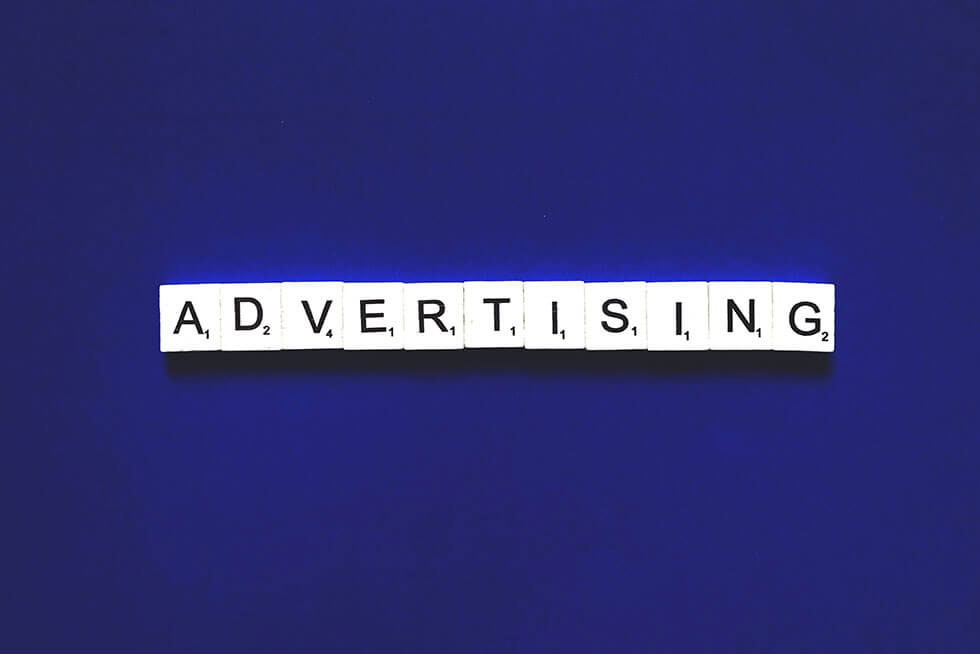Once upon a time, Shake Shack was one of the many one-off boutique stands that set shop in New york’s Madison Square Park. Today, having recently gone public in an IPO that ballooned to a whopping $1.6 billion, the once-humble shack has grown to become a multinational burger titan with franchises in Moscow, Istanbul and Dubai.
So, what is it that makes Shake Shake so successful? More importantly, what can we learn from Shake Shack’s success story to craft our own?
Foundationally, Shake Shack is made up of an excellent team. Its founder, Danny Meyer, is a thriving restauranteur who’s responsible for the success of some of the hottest restaurants in New York. Pat LaFrieda butchers blended the umami-rich mix of brisket, chuck, skirt steak, and short rib in each burger. And architect, James Wines is responsible for developing the original shack structure in Madison Square Park.
The real question is, what of the casually catchy Shake Shack branding that has spread so seamlessly to cultures across the globe? The logo, signage, bags, and uniforms were all designed by Pentagram in a project led by principal graphic designer, Paula Scher.
Before Shake shack, Scher was already leading a pro bono redesign of Madison Square Park’s identity for the park’s Conservancy. Therefore, when the Conservancy decided to build a permanent burger stand on the public premises, it only made sense to have Scher on the project to ensure that the burger branding doesn’t become conflicting. Originally, Scher has picked up the Shake Shack project for free since it was an extension of the Conservancy project.
Shake Shack’s branding came from two sources of inspiration that evolved over time. The first one was the shack structure itself — a corrugated metal hut that would go on to earn James Wines a National Design Award for lifetime achievement in 2013.
According to Scher, the original idea was that the shack would be part of an urban landscape in parks — and that’s how the first one was designed. Therefore, when the logo for Shake Shack was designed, it was really the architecture that drove the design.
In addition to that, the shack exuded a kind of approachable modernness, and Scher wanted a typeface to match — and she chose Neutra. To this day, metallic, Neutra lettering spells out Shake Shack in front of all their global stores.
Scher introduced a second wave of branding some time after the store had opened for business. This time it would be paid work. It tapped the core idea behind Shake Shack itself — a ’50s burger joint reimagined for a modern context. So, for the text on menus and bags, Pentagram selected the curvaceous Galaxie Cassiopeia font, or what Scher lovingly calls “a phony neon script” that still felt modern enough to keep up with the logo. The typeface was paired with squiggly burger, shake, and fry icons that evoked classic signage. Even rendered in ink, you can almost see the 1950s neon shining through.
Although the branding was designed for the distinctiveness of Shake Shack’s original site, it has managed to scale to franchises placed in more typical storefront locations and even airports.
“I think the modernness of it is somehow perfect in keeping with the quality of the food. It’s a contemporary fast-food chain with a high-level product–as opposed to McDonald’s, which is also modelled after 1950s burger chains but serves downscale food,” Scher says. “In retrospect, if you’d done a million years of focus testing and consumer studies, you wouldn’t do a better job. It shows you the charm of the happenstance.”
When asked if it felt a bit strange to see pro bono work now define the face of a $1.6 billion public company, Scher admits that it is “a bit.”
“They offered me a stock purchase before the public offering,” she says. “And in fairness, no one had an idea of how successful it would become.”











